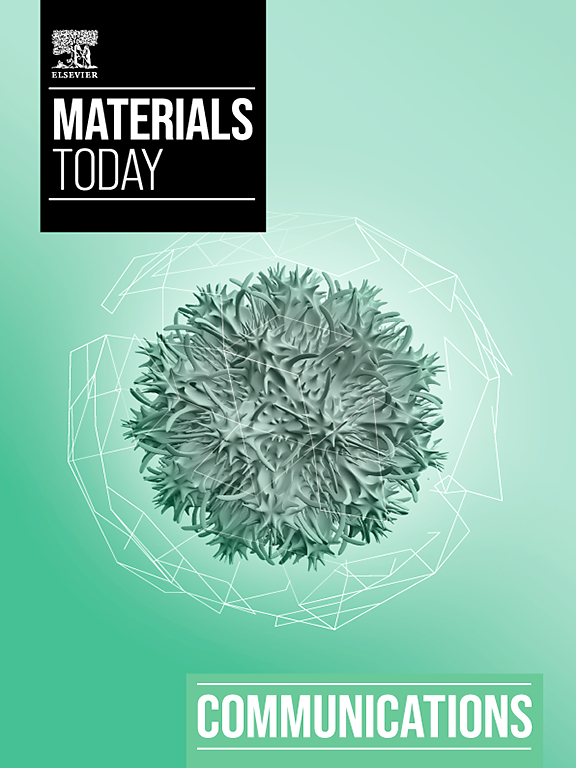Investigating microstructure dynamics and strain rate sensitivity in gradient nanostructured AISI 304 L stainless steel: TEM and nanoindentation insights
IF 4.5
3区 材料科学
Q2 MATERIALS SCIENCE, MULTIDISCIPLINARY
引用次数: 0
Abstract
In recent years, gradient nanostructured (GNS) materials have gained significant attention due to their superior strength-ductility balance and enhanced functional properties compared to their coarse-grained counterparts. This research examines the microstructure evolution and nanomechanical responses of GNS AISI 304 L austenitic stainless steel using transmission electron microscopy (TEM) and nanoindentation techniques. Through surface mechanical attrition treatment (SMAT), a gradient nanostructured layer with ultrafine grains (∼15 nm) and nanoscale martensite (up to ∼40 %) within the austenite matrix has been successfully created on the steel’s surface. This treated surface exhibits a hardness of ∼6.7 GPa, nearly double the original value. The GNS layer demonstrates single-step (γ → α’) and two-step (γ → ε → α’) martensitic transformations, deformation twinning (γ -twin), a decrease in the density of deformation bands, compressive residual stress, lattice strain, and martensite content, along with an increase in grain size. Strain rate sensitivity (SRS) increases with austenitic grain size and inversely correlates with martensite proportion as depth increases in the GNS layer. A significant amount of ultrafine martensite is primarily responsible for the limited SRS in the topmost layer.研究梯度纳米结构 AISI 304 L 不锈钢的微观结构动态和应变速率敏感性:TEM 和纳米压痕技术的启示
近年来,梯度纳米结构(GNS)材料因其优越的强度-电导率平衡和比粗粒度材料更强的功能特性而备受关注。本研究利用透射电子显微镜(TEM)和纳米压痕技术研究了 GNS AISI 304 L 奥氏体不锈钢的微观结构演变和纳米力学响应。通过表面机械研磨处理(SMAT),成功地在钢表面形成了一个梯度纳米结构层,奥氏体基体中含有超细晶粒(∼15 nm)和纳米级马氏体(高达∼40 %)。经过处理的表面硬度达到 6.7 GPa,几乎是原始值的两倍。GNS 层显示出单步(γ → α')和两步(γ → ε → α')马氏体转变、变形孪晶(γ -twin)、变形带密度下降、压缩残余应力、晶格应变和马氏体含量,同时晶粒尺寸增大。随着 GNS 层深度的增加,应变速率敏感性(SRS)随奥氏体晶粒尺寸的增加而增加,并与马氏体比例成反比。大量超细马氏体是最上层有限 SRS 的主要原因。
本文章由计算机程序翻译,如有差异,请以英文原文为准。
求助全文
约1分钟内获得全文
求助全文
来源期刊

Materials Today Communications
Materials Science-General Materials Science
CiteScore
5.20
自引率
5.30%
发文量
1783
审稿时长
51 days
期刊介绍:
Materials Today Communications is a primary research journal covering all areas of materials science. The journal offers the materials community an innovative, efficient and flexible route for the publication of original research which has not found the right home on first submission.
 求助内容:
求助内容: 应助结果提醒方式:
应助结果提醒方式:


